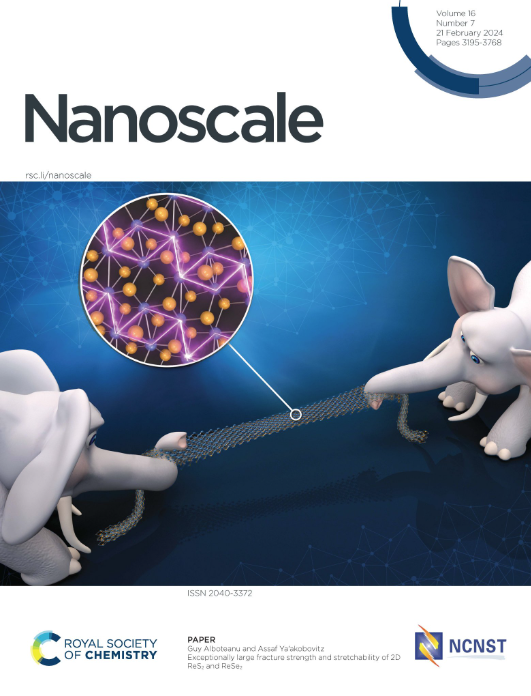Recent advances in 2D MXene-based heterostructures for gas sensing: mechanisms and applications in environmental and biomedical fields
IF 5.8
3区 材料科学
Q1 CHEMISTRY, MULTIDISCIPLINARY
引用次数: 0
Abstract
MXenes, a unique class of 2D transition metal carbides, have gained attention for gas sensing applications due to their distinctive properties. Since the synthesis of Ti3C2Tx MXene in 2011, significant progress has been made in using MXenes as chemiresistive sensors. Their layered structure, abundant surface groups, hydrophilicity, tunable conductivity, and excellent thermal properties make MXenes ideal for low-power, flexible, room temperature gas sensors, fostering scalable and reproducible applications in portable devices. This review evaluates the latest advancements in MXene-based gas sensors, beginning with an overview of the elemental compositions, structures, and typical fabrication process of MXenes. We subsequently examine their applications in gas sensing domains, evaluating the proposed mechanisms for detecting common volatile organic compounds such as acetone, formaldehyde, ethanol, ammonia, and nitrogen oxides. To set this apart from similar reviews, our focus centered on the mechanistic interactions between MXene sensing materials and analytes (particularly for chemiresistive gas sensors), leveraging the distinct functionalities of MXene chemistries, which can be finely tuned for specific applications. Ultimately, we examine the current limitations and prospective research avenues concerning the utilization of MXenes in environmental and biomedical applications.

求助全文
约1分钟内获得全文
求助全文
来源期刊

Nanoscale
CHEMISTRY, MULTIDISCIPLINARY-NANOSCIENCE & NANOTECHNOLOGY
CiteScore
12.10
自引率
3.00%
发文量
1628
审稿时长
1.6 months
期刊介绍:
Nanoscale is a high-impact international journal, publishing high-quality research across nanoscience and nanotechnology. Nanoscale publishes a full mix of research articles on experimental and theoretical work, including reviews, communications, and full papers.Highly interdisciplinary, this journal appeals to scientists, researchers and professionals interested in nanoscience and nanotechnology, quantum materials and quantum technology, including the areas of physics, chemistry, biology, medicine, materials, energy/environment, information technology, detection science, healthcare and drug discovery, and electronics.
 求助内容:
求助内容: 应助结果提醒方式:
应助结果提醒方式:


